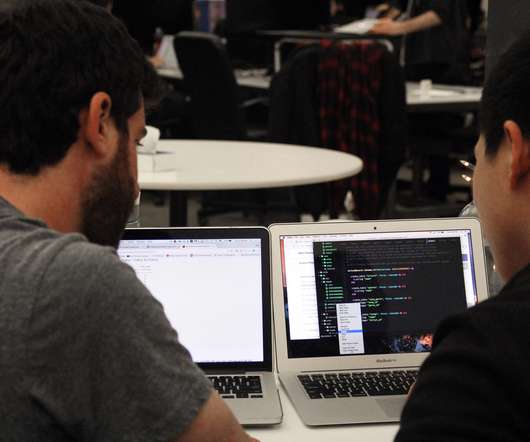6 ways to bring statistical literacy to any classroom
eSchool News
MARCH 4, 2021
The field is projected to grow by 35 percent from 2019 to 2029, according to the latest data from the Bureau of Labor Statistics. Statistics—the science of learning from data—is complex and holistic, and it can be challenging to ensure a class is engaged and applying statistical analysis correctly. Challenges for teachers.


















Let's personalize your content